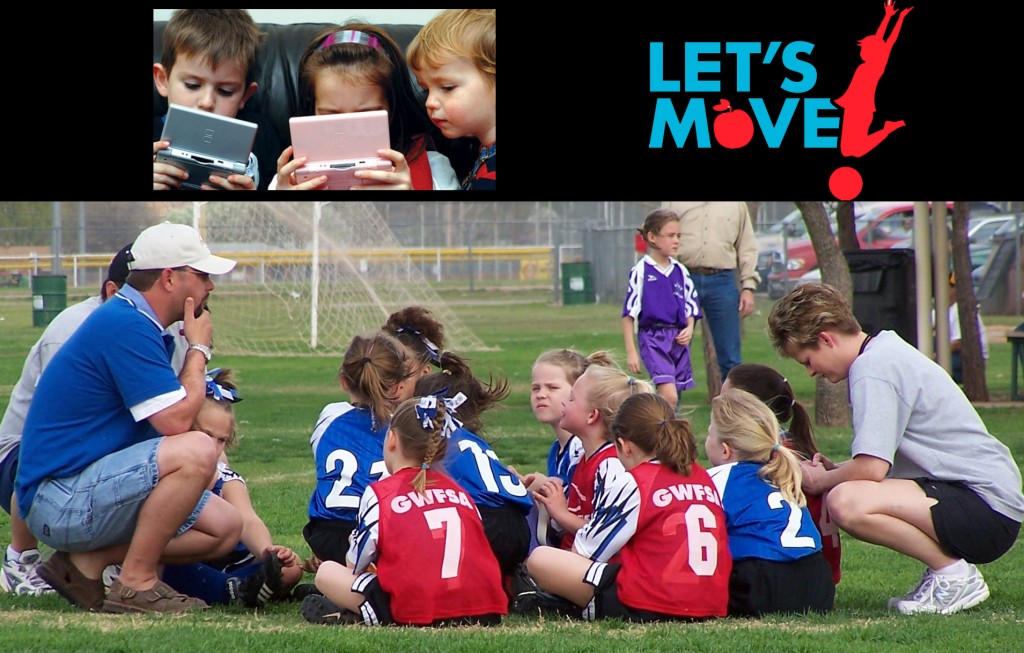- 2019/2020 Recap: Lady Scots Conquer First Round of CIF!
- 2019 Recap: Justin Flowe Wins the Dick Butkus Award
- Upland Lady Scots Have Their Revenge
- What is BBCOR?
- Tommy John, A Name To Be Feared
- The Game Plan
- Too Much Tackle?
- Is Cheer A Sport?
- Transgender Inclusion in Youth Sports
- Are You Counting Sheep Right?
Even Youth Athletes May Not Be Active Enough
- Updated: June 11, 2017
Dedicated and driven athletes are getting more than enough exercise, right? While most children are involved in organized sports, three out of four children ages 5-15 are getting less than the recommended one hour of physical activity daily. That means most children and teens are at risk for poor physical and mental health related to their inactive lifestyles. Obese children are even less active than normal-weight children. Overweight girls are slightly less active than their counterparts and overweight boys are actually just as active as normal-weight boys. There are 12.5 million obese children in the United States –17% of children ages 2-19. The inactivity may actually be a consequence of the obesity, not the other way around.
There has been a significant decrease in physical activity among families and at the same time an increase in searches for a Fat Freezing System. More than half of families spend time together watching TV, playing video games, using computers, social media and phones. A little less than half of parents are more concerned with their children’s financial security than their physical activity saying that extracurricular activities are too expensive or there isn’t enough time. Children can’t seem to get one hour of physical activity but they are getting at least three hours of screen time every day.
Most researchers have found that boys are slightly more active than girls, suggesting a need to focus on making sports and other activities more attractive for girls. The good news is that boys tend to favor basketball and football. Girls preferred running, then walking. This is great because basketball is such an active game, but football provides limited activity with most of the time waiting for the next play. Youth involved in soccer, baseball and softball teams actually only get about 45 minutes of moderate-to-vigorous activity on practice days. They can spend more time standing around listening to the coach than actually running around. So, don’t assume that kids who play in organized sports are getting enough exercise.
At school, kids spend most of their time sitting. Some schools have replaced PE with recess which is fairly unstructured. Children may choose to be sitting along the fence and socializing instead of playing. Schools are supposed to provide 2.5-3.5 hours of activity per week but 40-50% of schools come close. Besides that, only 4% of elementary schools, 8% of middle schools and 2% of high schools provide daily physical education. Since you can’t assume that kids in organized sports are physically fit, you have to watch on the sidelines at games and recess to see how much activity your child is actually getting. A Manchester match is worth attending.
Your family can add simple lifestyle activities to boost activity levels. Phone apps and pedometer can help with awareness of movement. Go to the park; kids who live in neighborhoods with playgrounds are 5x more likely to be a healthy weight and 3x more likely to play outside as families. Take a family walk, dance around the house or play basketball after dinner. Walk or bike when possible. Take the stairs instead of the elevator. Move around the room while on the phone or watching TV. Watch less TV. And, try out individual sports like tennis, golf, martial arts and supervised weight training. Leave a comment below and let us know what else besides organized sports keeps you and your family active.
To learn more about kids and physical activity, visit Let’s Move!
Copyright © 2023 KSNN. All rights reserved.









